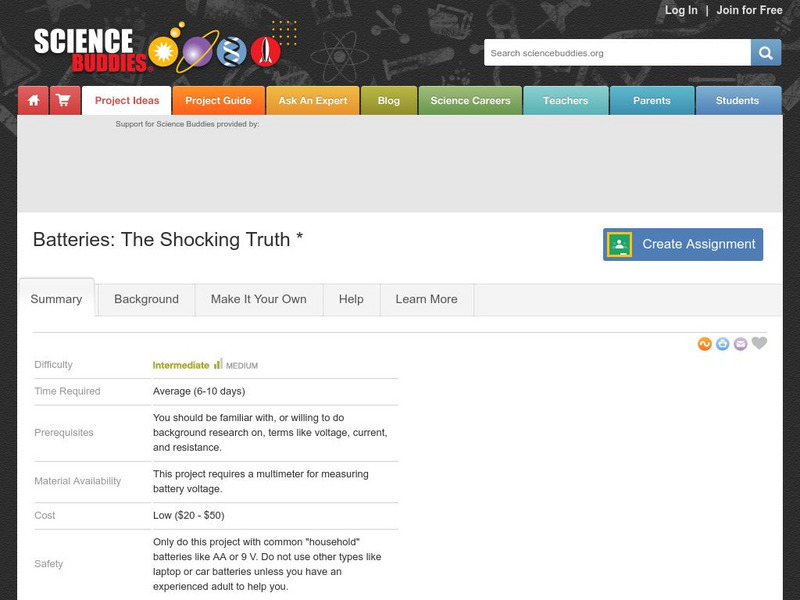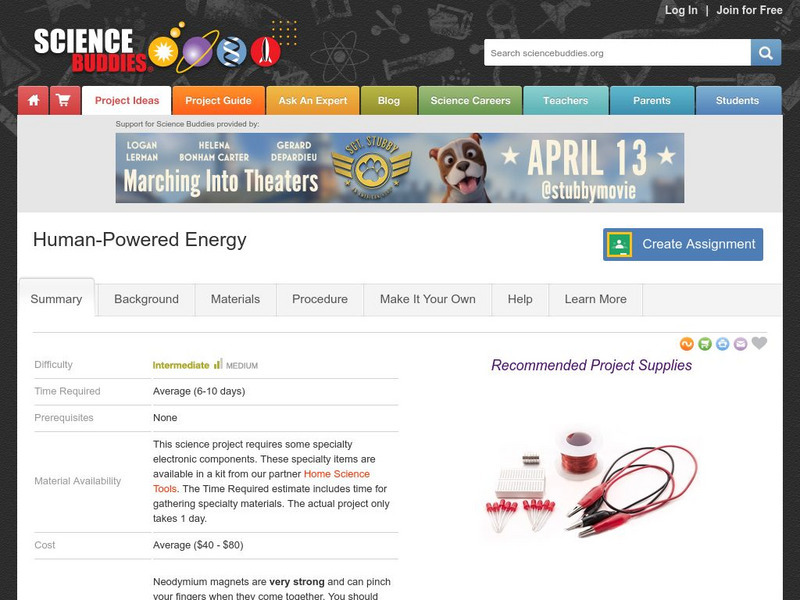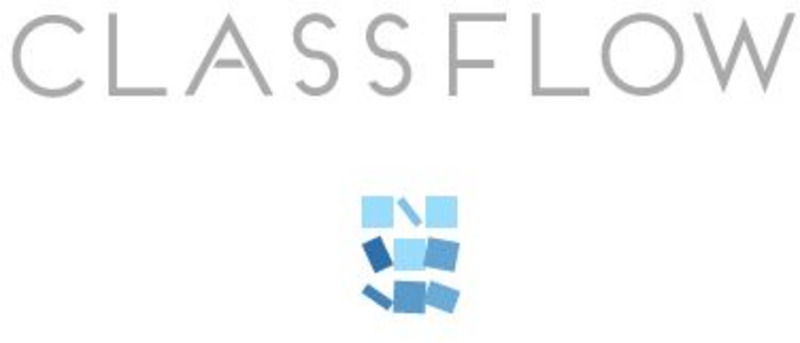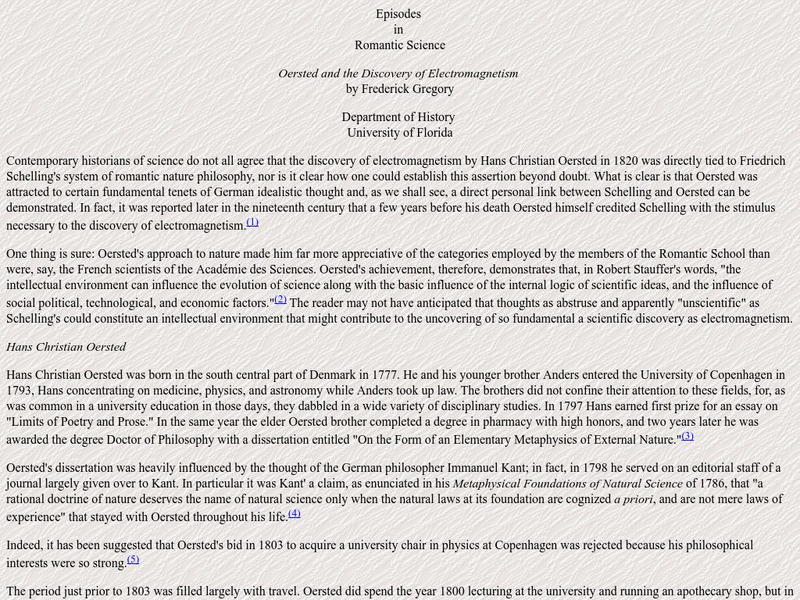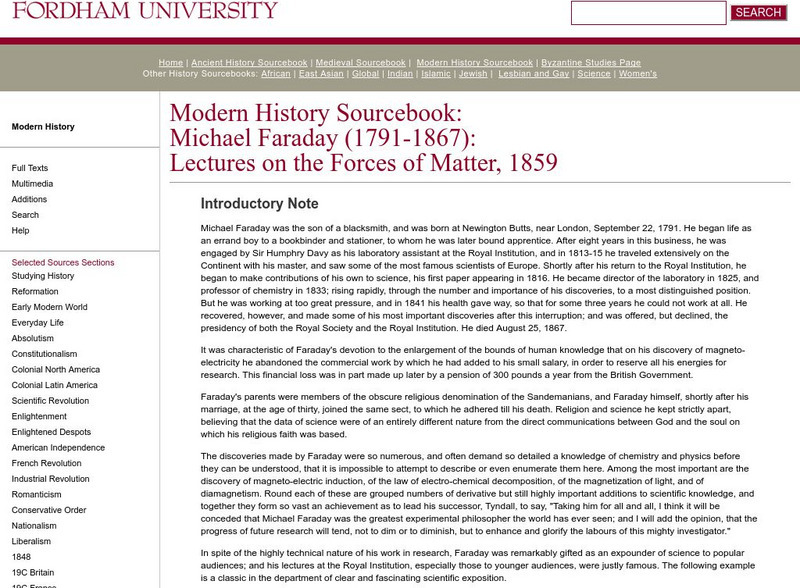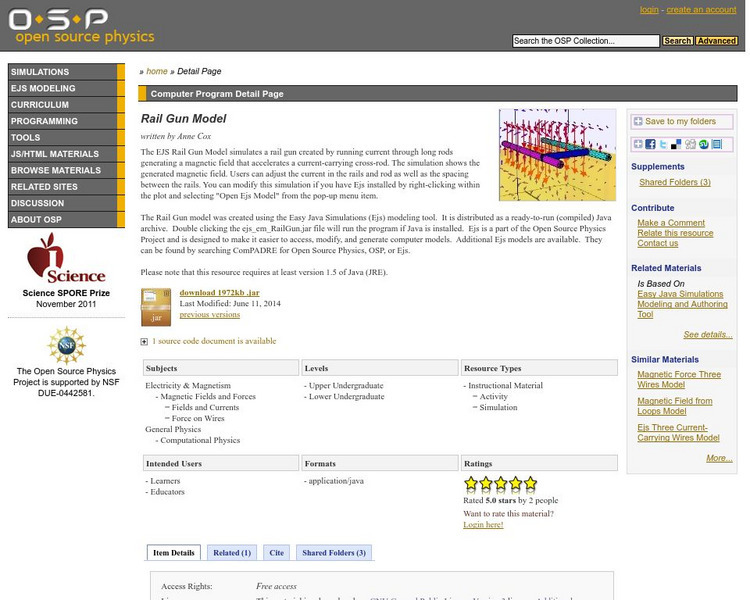Science Buddies
Science Buddies: Batteries: The Shocking Truth
Here you can find what you need to scientifically assess battery performance. In this exercise (that should take about one week) learn how batteries work, how they wear out and most importantly, how to make valid measurements to assess...
World Health Organization
World Health Organization: International Emf Project
The World Health Organization probes into the feared associations between electromagnetic fields (EMFs) and cancer. Check out "What is EMF?" for detailed summaries on what electromagnetic fields are and the possible health effects, or...
Science Buddies
Science Buddies: Shaking Up Some Energy
Shake N' Light flashlights have been advertised on televisions across the nation in the recent year. But many do not understand just how they get energy to light up the bulb without using batteries. Do this experiment to make your own...
Science Buddies
Science Buddies: Build Your Own Windmill Generator
Build your own windmill and see how the wind can be converted into energy to produce electricity. This science fair project should help you understand the use of wind as a source of alternative energy. The Science Buddies project ideas...
National High Magnetic Field Laboratory
Magnet Academy: Bubble Chamber 1952
To understand a bubble chamber, picture the long, white streak an airplane leaves in its wake. That's water vapor produced by condensation from the plane's hot exhaust. Until the water particles evaporate, you can follow the streak to...
National High Magnetic Field Laboratory
Magnet Academy: Cyclotron 1931
A cyclotron is a machine that allows scientists to shoot particle beams at other particle beams. The result of doing this is a spectacular smash up - but that's not why scientists do it.
National High Magnetic Field Laboratory
Magnet Academy: Coaxial Cable 1929
As more and more American households acquired telephones, the pressure was on to create a better cable to accommodate the increasing demand. Engineers Lloyd Espenschied and Herman Affel answered the call.
National High Magnetic Field Laboratory
Magnet Academy: Audion 1906
Two years after Englishman John Ambrose Fleming invented a two-electrode vacuum tube, American inventor Lee De Forest one-upped him by developing a tube with three electrodes.
National High Magnetic Field Laboratory
Magnet Academy: Gauss Weber Telegraph 1833
Several years before the telegraph created by American inventor Samuel Morse revolutionized communications, two German scientists built their own functional telegraph.
National High Magnetic Field Laboratory
Magnet Academy: Gramme Dynamo 1871
Zenobe Theophile Gramme (1826 - 1901) invented the first industrial generator, or dynamo. A deceptively simple-looking machine, it consisted of 30 coils wrapped around a spinning ring of iron.
National High Magnetic Field Laboratory
Magnet Academy: Bell Telephone 1876
Acoustics, variable resistance and allegations of foul play contribute to the exciting story of the invention of the telephone.
Mocomi & Anibrain Digital Technologies
Mocomi: What Is Electromagnetism?
Explains electromagnetism, the difference between a permanent magnet and an electromagnet, uses of electromagnetism, and steps for making a simple electromagnet.
TED Talks
Ted: Ted Ed: How Does an Atom Smashing Particle Accelerator Work?
An atom smasher, or particle accelerator, collides atomic nuclei together at extremely high energies, using engineering that exploits incredibly cold temperatures, very low air pressure, and hyperbolically fast speeds. Don Lincoln...
CK-12 Foundation
Ck 12: Physical Science: Electromagnetic Waves
[Free Registration/Login may be required to access all resource tools.] Provides the definition of an electromagnetic wave, electromagnetic radiation, and electric and magnetic fields. Also discusses how electromagnetic waves begin,...
ClassFlow
Class Flow: Turning on the Lights
[Free Registration/Login Required] In this lesson students learn the parts of a circuit, build series and parallel circuits, learn about insulators and conductors, and more in this interactive multimedia flipchart.
University of St. Andrews (UK)
University of St. Andrews: Charles Augustin De Coulomb
A large complete authoritative biography of Coulomb. Five large pictures, over a dozen links to contemporaries, references, a poster, other mathematicians. A fine source.
University of Florida
University of Florida: Episodes in Romantic Science
One of the "Episodes in Romantic Science," this is as complete as a biography gets without being a book. Includes great information about Oersted and his electromagnetic work, The definitive source. Heavily footnoted with many additional...
Cuemath
Cuemath: Vectors
Explore the world of vectors, by finding answers to questions like what are vectors, what are scalars, what is the difference between scalar and vectors, the magnitude of a vector, operations on vectors, and properties of a vector.
Internet History Sourcebooks Project
Fordham University: Modern History Sourcebook: Michael Faraday (1791 1867)
Contains brief biographical information on Michael Faraday, as well as the text of the following lectures delivered by Faraday: The Force of Gravitation, Gravitation-Cohesion, Cohesion-Chemical Affinity, Chemical Affinity-Heat,...
Physics Aviary
Physics Aviary: Induced Current Lab
This lab was designed to have students test the factors that determine how much current is induced in a circuit when area of the circuit is changed. This lab is a quantitive lab that supplements the lab on magnetic flux.
American Association of Physics Teachers
Com Padre Digital Library: Open Source Physics: Faraday Disk Dynamo Model
This simulation demonstrates a rotating conducting disk in a magnetic field which produces a current or a self-exciting dynamo.
American Association of Physics Teachers
Com Padre Digital Library: Open Source Physics: Rail Gun Model
Simulate the movement of a rail gun in this interactive model. Learn how a magnetic field is generated by running electrical current through long rods that accelerates a current-carrying cross-rod.
Learn Engineering
Learn Engineering: How Does an Induction Motor Work?
An article and video about the most commonly used electrical machine called an induction motor. Learn about the parts of the motors that allow the motor to function. [4:43]
University of Toronto (Canada)
University of Toronto: Flash Animations for Physics
This site boasts an extensive list of physics animations that cover topics such as electricity, magnetism, quantum mechanics, and relativity. Variables can be manipulated for each demonstration.


